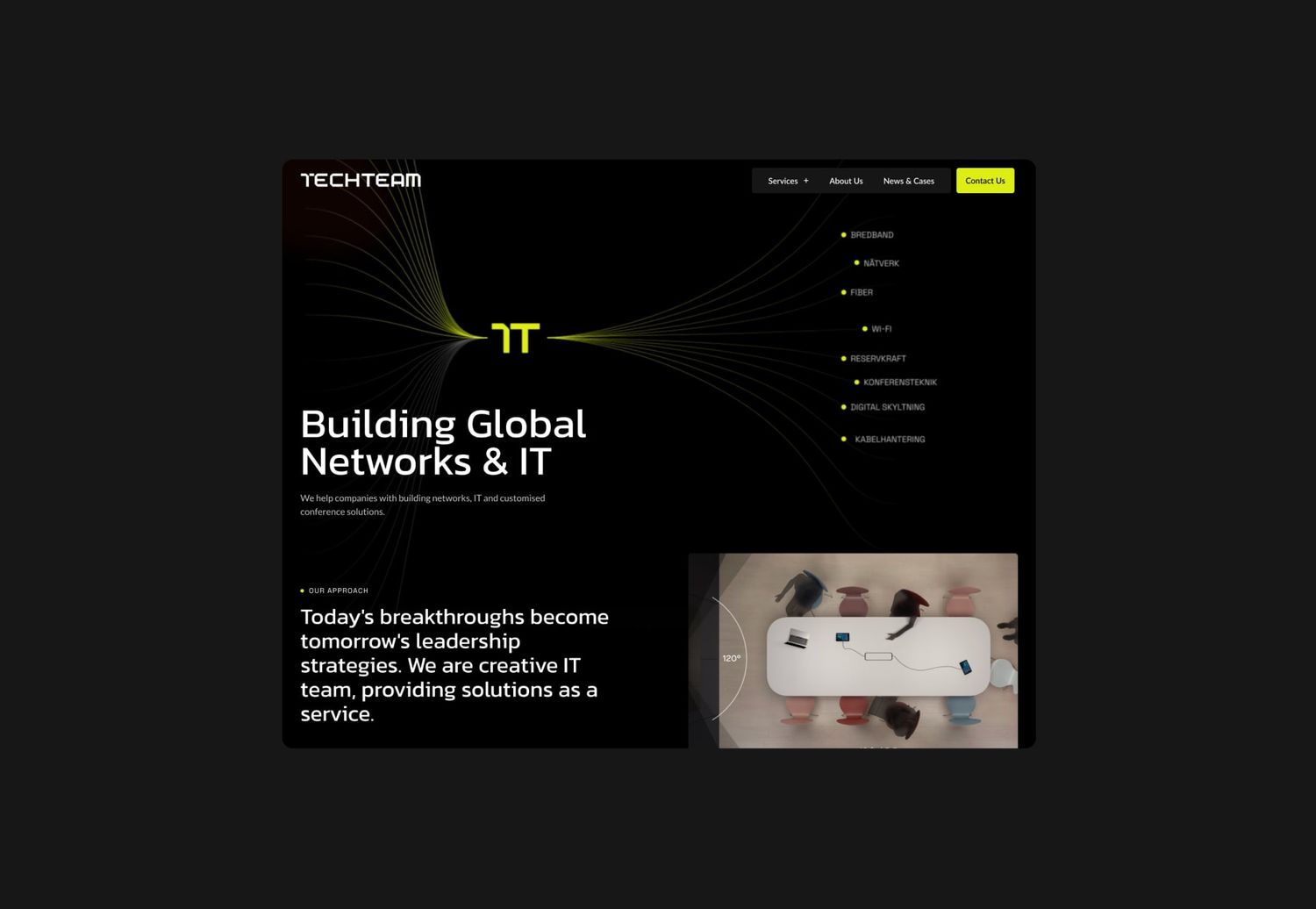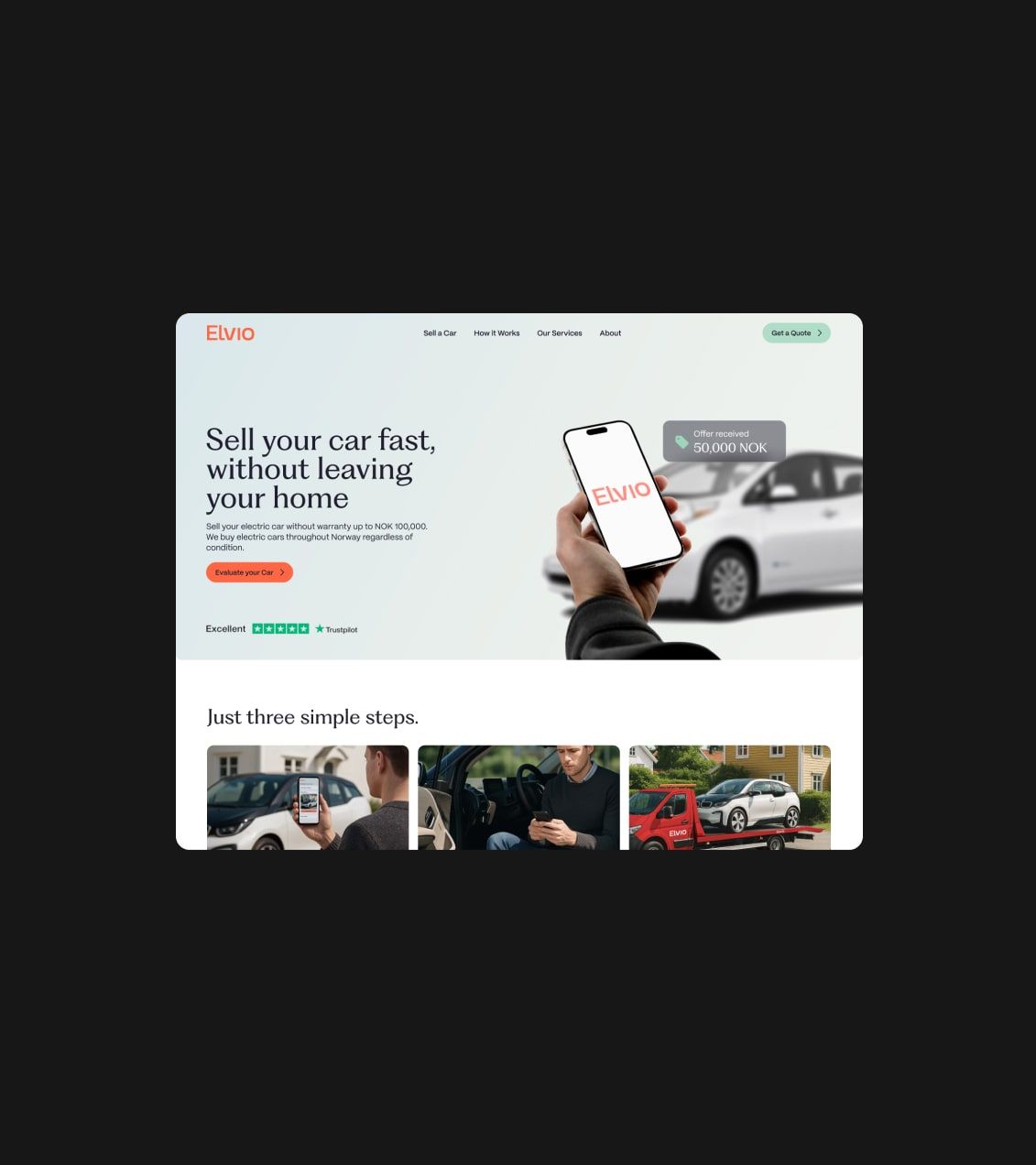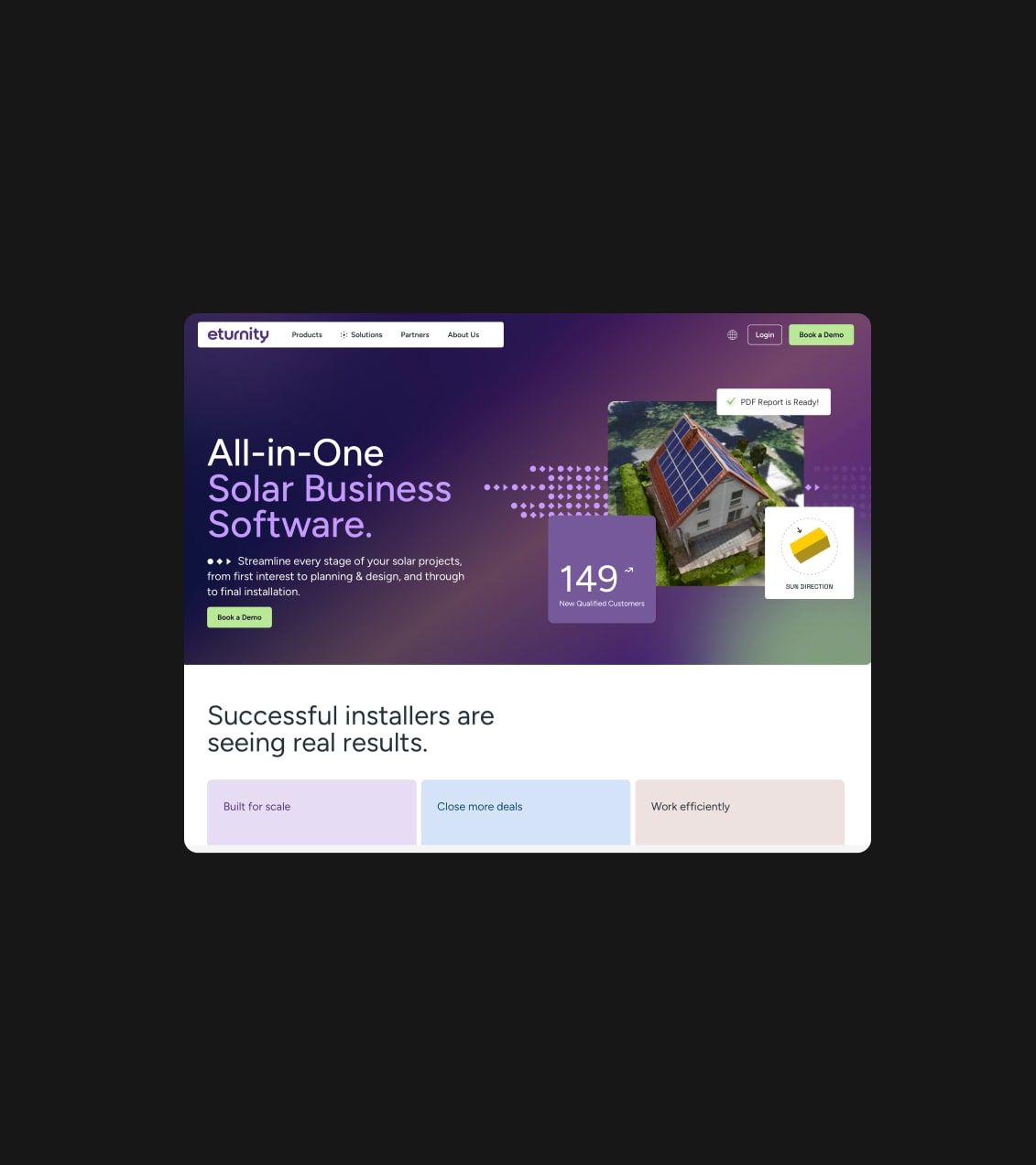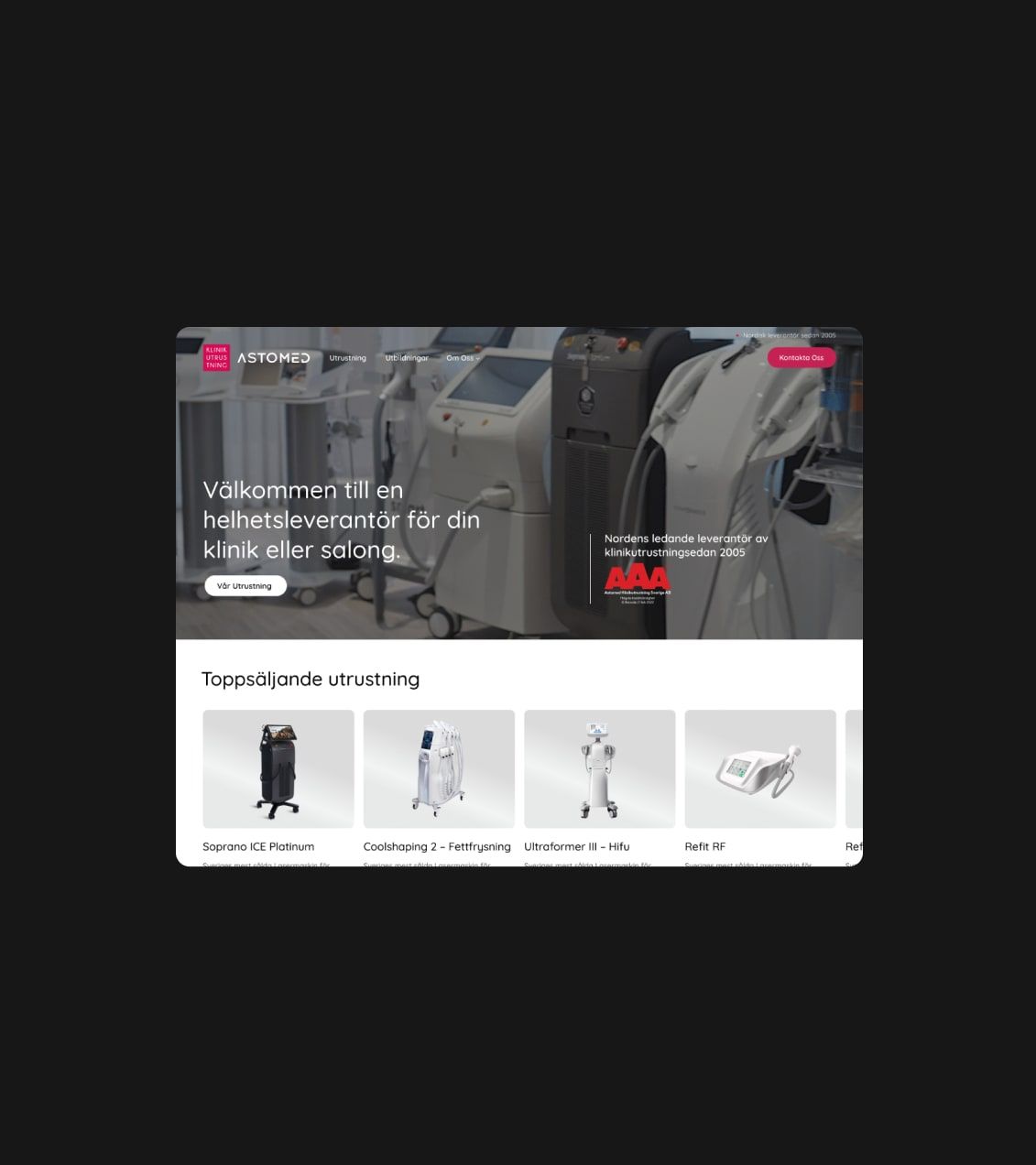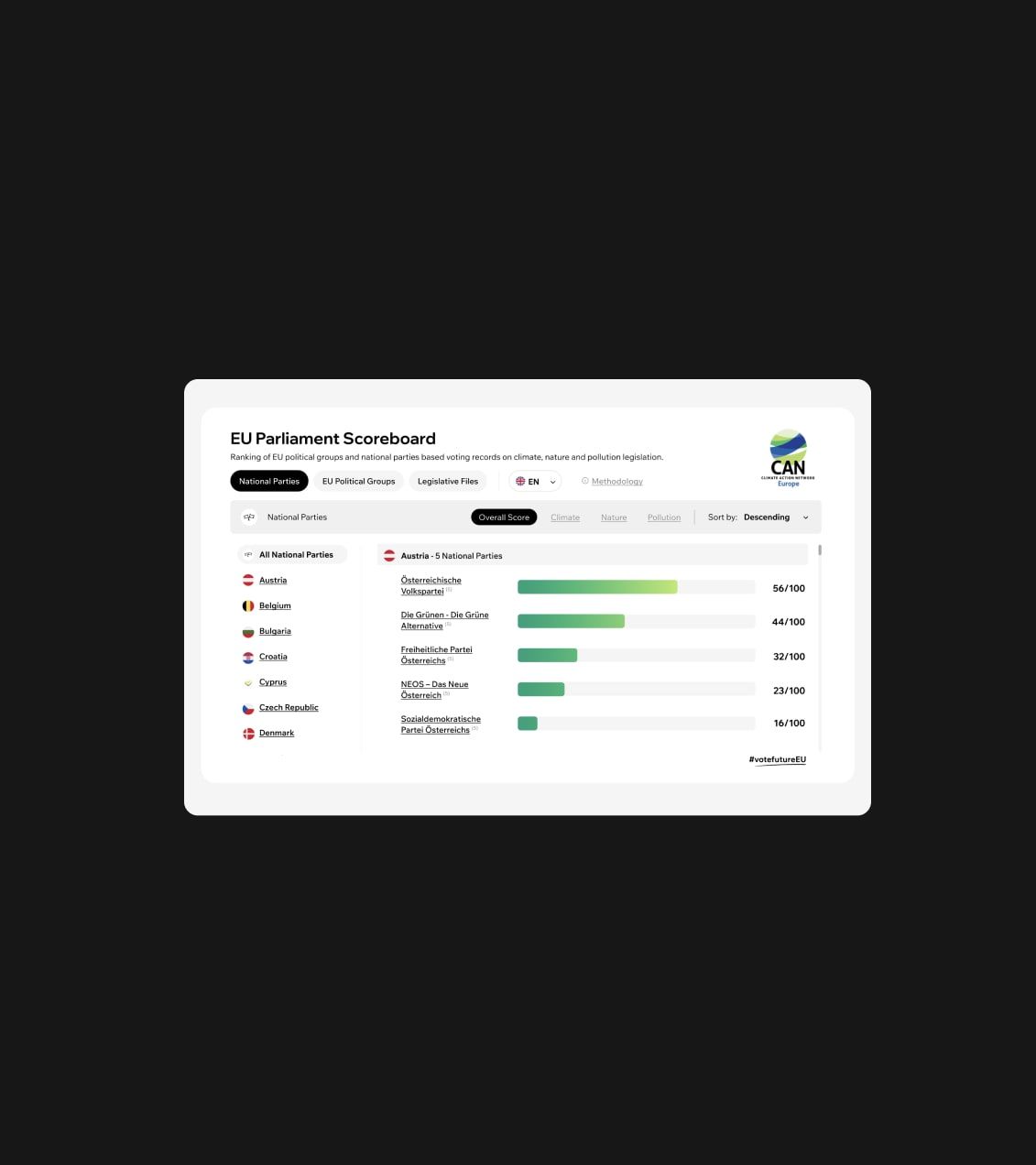
When is it Time to Redesign Your Website?
Because of all hard work you’ve already put in, you resist even the slightest suggestion that perhaps your site isn’t as great as it should be.But having a website that is very clearly missing the mark and failing to bring you in clients, conversions, and revenue is even worse.
That said, how do you know when your website objectively needs a redesign?
No, it’s not just someone’s opinion on which font looks better or why you should use videos on every page. That’s never a good enough reason.
We’re talking fundamental reasons why it’s just not working. It’s not matching your brand, or the visuals look outdated. Maybe your SEO struggles to stay afloat, and all you’re seeing is bounces from your site.
Previously, we talk about goals that you can archive with website redesign, but in this article let’s get started breaking down the reasons you need to redesign your site now:
Your Brand Has Evolved
The first very possible reason is that your brand has evolved past what it once was when you designed the website around it. What may start as a marketing and social media company could slowly evolve into a copywriting-focused agency, and that’s okay.
But does your site still make it seem like you specialize in social and digital marketing as a whole? That’s not very reflective of who you are and what you do.
Brand evolution is a good thing – don’t shy away from it. Since most visitors will only stay on your site for about 15 seconds anyway, give them what they need to know quickly. Make sure it’s timely and relevant to your current business.
Your Site Is Too Slow

Everyone could work on patience these days. Market research has shown that even a one-second load time delay could decrease conversions by seven percent. However, you don’t have the power to adjust a global patience problem. Unfortunately, you’re on the other end of the spectrum, where you have to respond to this short attention span with even faster speeds.
Making your website a few seconds faster might not seem like a big deal. But if you’re able to keep more eyes on your page, you’ll have a more significant opportunity to convert visitors and likely see a significant increase in daily revenue.
It’s Visually Outdated

If your website is in charge of making your business’ first impression on a potential client, what kind of impression is it making? Does it look out of touch and out of style, or does it appear professional and appealing?
If your website is reflective of years (or decades) past, it’s time for an update. Merely keeping a website as it is for the sake of ease is never a good idea. You want to portray yourself as in touch with the latest trends and as a leader in your field.
Guess what?
Leaders are always staying on the cutting edge, leaning into the new and the updated.
You’re Not Ranking Well

These days, SEO plays a significant role in digital business. The likelihood of a user finding your site when searching a query in Google relates directly to optimization. If the user’s search and your SEO align, the higher your chances are at turning them into a customer.
On the other hand, if your page doesn’t show up until the bottom position of the third page, there’s a very slim chance they’ll ever find you.
When was the last time you browsed to the bottom of the third page? Chances are, you’re more likely to create another query than continue browsing results that far deep.
If you’re not ranking well on search engine results pages, it could be due to many things. Your HTML could be clunky, or your mobile responsiveness could be lacking. Perhaps your links are broken, or your images far from optimized.
SEO overhaul isn’t a quick fix. It’s a long process, but it almost always starts with a website redesign.
User Experience Is Lacking
User experience significantly impacts your SEO ranking, but it also plays a big role in your conversion rates and lead generation. Since a website is often the first touchpoint a potential client has with your business, your site’s content and layout are pivotal.
The site navigation as a whole is essential. If it’s hard for a visitor to find their way around and locate the information they’re looking for, they’re likely to get frustrated and leave.
But even the littlest details matter. Technical glitches and small design problems can add up and make a big impact.
A website redesign takes all of this into consideration and tweaks even the tiniest details to create an updated, refreshed, and intuitive user experience.
It’s Cumbersome to Update
Is it a headache every time you need to add a blog to your site or update your service offerings? A backend system with problems is just as much of an issue as a messy front-end.
Your website should be working for you, not against you.
If you can’t easily make changes to your site as you change and evolve, it needs major help.
Slow to Load, Quick to Bounce

Two things create a perfect storm of lousy website juju: a slow load time and high bounce rates. Yes, they are connected. Yes, you should take these two signs as a reason to redesign your site.
As we touched on earlier, a slow load speed is one of the most common reasons someone will leave your site. If you’re experiencing high bounce rates, take a look at your load speed. Chances are it’s playing a role.
It can be due to several reasons, but rather than micromanage and fix every issue on your site, it’s best to start fresh with a redesign.
Article Updated: 30 March 2023

